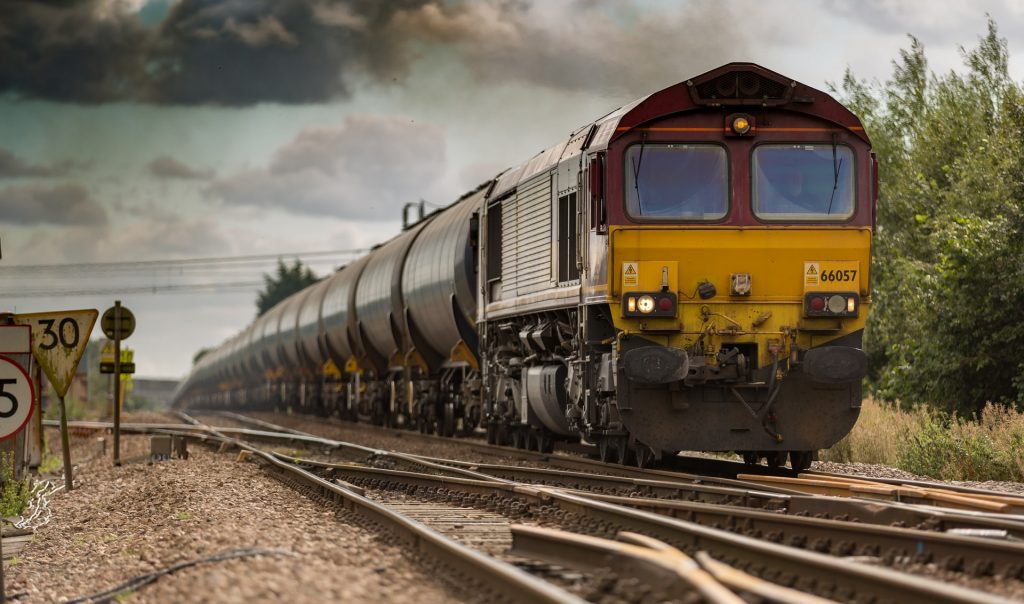
Sending materials and other goods by train seems to be an interesting idea in many ways, but of course it is fraught with a few complications.
In its early days, railroads were designed to transport goods between factories. As with many new technologies, trains have really caused a lot of controversy. There were concerns, for example, that they could scare away livestock, and create huge vibrations that could harm villagers and towns
However, a few hundred years have passed and now practically nobody can imagine the world without trains. Although they have come a really long way and are mostly currently used as a fast and quite safe way for people to move between cities, freight trains are still used really widely
Probably no land-based mode of transportation is as versatile as trains. However, there is no such thing as a rose without thorns and wholesale rail transport, apart from its many advantages, also has a few drawbacks.
When starting to talk about the advantages of transporting goods by train, one cannot help but mention the dimensions that they are able to pull. With the use of appropriate wagons, by train we are able to transport virtually anything.
Very often this means of transport is used for example as a way to transport materials between mines and factories or steel mills. With such a weight and amount of goods, there is really no chance that any other vehicle could cope with it. Rails are irreplaceable in this case.
This does not mean, however, that we always have to transport heavy goods. Of course minerals, coal or copper have to be transported by trains. Often this mode of transport is also used to transport many cars at once or other means of transport, for example if they need to be assembled at their destination. The versatility of freight wagons is invaluable.
There is also no denying that rail is a fairly safe and environmentally friendly choice. This is because the latest trains are moving away from coal power to catenary power, which allows far fewer harmful substances to be emitted into the atmosphere. Rail transport is also much safer than car transport.

Speaking about the advantages of trains, we must not forget about their disadvantages. First of all, they are quite susceptible to any damage to the traction or rails – if they are not in working order, the whole train will simply have to stop. The same can happen when we encounter, for example, a snowstorm on our way.
The downside of trains is also the need to pick up the goods from the train station, the cost-effectiveness of shipping only large dimensions or large quantities of a particular commodity, and the overall cost of transporting goods – comfort and safety has its price.
Everyone has to find the answer to this question for themselves. Everything really depends on what you intend to transport by train. If it is a large cargo that needs to be transported over a long distance, there is probably no better solution than a freight train, which will ensure safety and a bearable rate for such a service.
Main photo: Antoine Beauvillain/unsplash.com